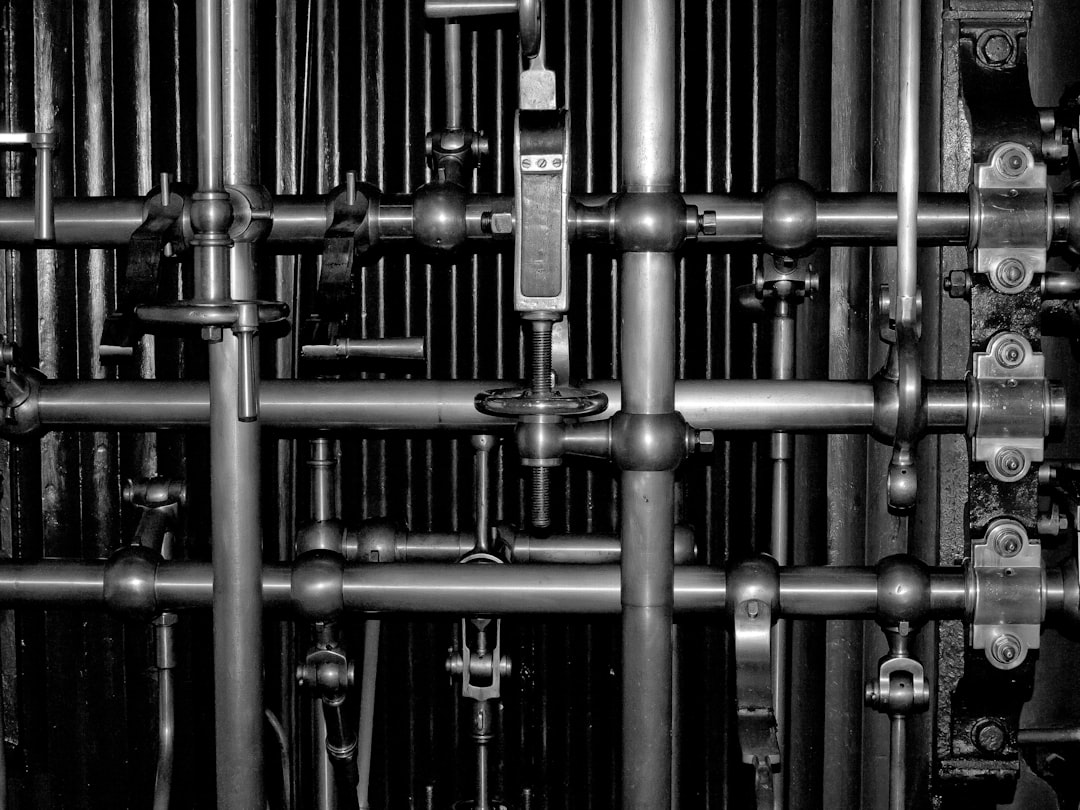Liquefied Natural Gas (LNG) pipelines represent a critical component of global energy infrastructure, enabling the safe and efficient transportation of this vital energy resource across vast distances. However, the unique challenges posed by transporting cryogenic fluids necessitate stringent design and construction specifications. This detailed guide delves into the key aspects of LNG pipeline specifications, providing a comprehensive understanding of the intricacies involved.
Material Selection: The Foundation of LNG Pipeline Integrity
The selection of materials for LNG pipelines is paramount, as they must withstand extremely low temperatures (-162°C) without compromising structural integrity or experiencing brittle fracture. Austenitic stainless steels, such as 304L and 316L, are commonly used due to their excellent cryogenic properties and weldability. However, the specific grade chosen depends on factors like pipeline diameter, operating pressure, and environmental conditions. Other materials like nickel-based alloys might be considered for particularly demanding applications or locations with aggressive soil conditions. The selection process also involves rigorous testing to ensure compliance with relevant international standards like ASME B31.8 and API 1104, which detail material properties, weld procedures, and non-destructive testing requirements.
Pipeline Design and Engineering: Ensuring Optimal Performance and Safety
Designing an LNG pipeline involves sophisticated engineering calculations to account for cryogenic effects, pressure variations, and potential ground movements. Finite element analysis (FEA) is frequently employed to simulate various loading conditions and ensure the pipeline’s structural integrity. Key design parameters include pipe diameter, wall thickness, operating pressure, and the allowable stress levels. The design must also consider factors like thermal expansion and contraction, which can cause significant stresses on the pipeline. Expansion loops, bellows, and other stress-relieving components are incorporated to mitigate these effects. Furthermore, detailed route planning is crucial to minimize environmental impact and avoid areas prone to seismic activity or geological instability.
Construction and Installation: Precision and Quality Control
The construction and installation phase of an LNG pipeline requires meticulous attention to detail and strict adherence to safety protocols. Welding procedures are rigorously controlled, with welders undergoing extensive certification and qualification. Non-destructive testing (NDT) techniques, such as radiographic testing and ultrasonic testing, are employed to detect any flaws or defects in the welds. The pipeline is typically installed using specialized equipment and techniques, depending on the terrain and environmental conditions. Stringent quality control measures are implemented throughout the construction process to ensure compliance with design specifications and safety standards. Regular inspections and monitoring are conducted to identify and address any potential issues during and after construction.
Safety and Regulatory Compliance: Prioritizing Risk Mitigation
Safety is paramount in the design, construction, and operation of LNG pipelines. Comprehensive risk assessments are undertaken to identify potential hazards and develop appropriate mitigation strategies. These assessments consider factors like leaks, ruptures, and fires. Emergency shutdown systems (ESD) are incorporated to quickly isolate sections of the pipeline in case of an incident. Regular maintenance and inspection programs are essential to ensure the continued integrity and safety of the pipeline. Strict adherence to relevant safety regulations and standards, such as those issued by national and international bodies, is mandatory. This includes compliance with environmental regulations to minimize the impact on surrounding ecosystems.
Advanced Technologies and Future Trends in LNG Pipelines
The field of LNG pipeline technology is constantly evolving, with ongoing research and development focused on improving efficiency, safety, and sustainability. Advanced materials, such as high-strength steels and composite materials, are being explored to enhance pipeline performance and reduce weight. Smart pipeline technologies, incorporating sensors and data analytics, are being deployed to monitor pipeline conditions in real-time and provide early warnings of potential problems. This allows for proactive maintenance and reduces the risk of failures. Furthermore, advancements in pipeline construction techniques, such as trenchless technologies, are helping to minimize environmental disruption and reduce construction time.
In conclusion, the specifications for LNG pipelines are highly complex and demand a multidisciplinary approach, encompassing materials science, engineering design, construction expertise, and rigorous safety protocols. Understanding these specifications is crucial for ensuring the safe, reliable, and efficient transportation of LNG, a vital component of the global energy landscape.
SEO-Friendly Tags:
- LNG Pipeline Specifications
- Cryogenic Pipeline Design
- LNG Transportation Safety
- Pipeline Material Selection
- LNG Infrastructure Development




